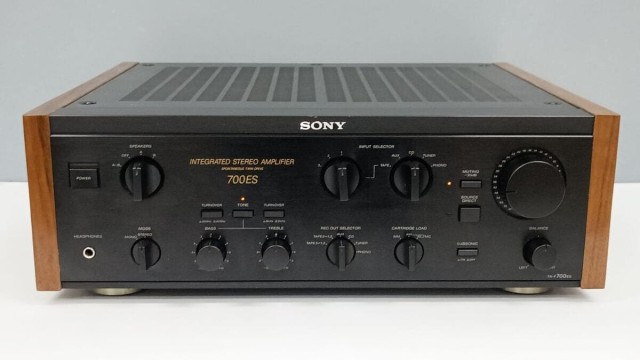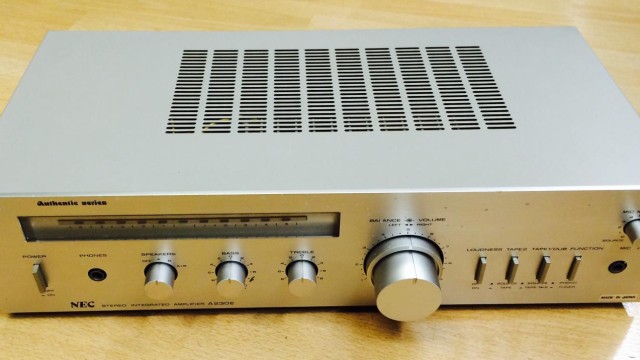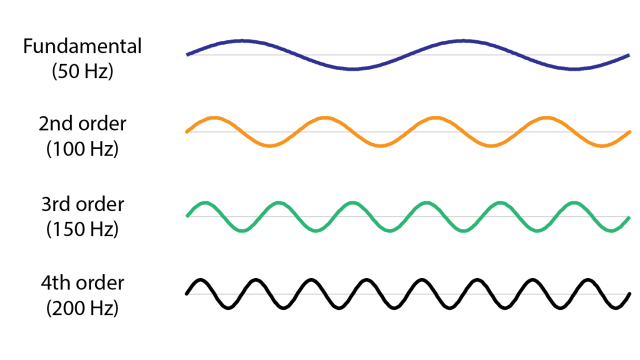
The french magazine 'La Revue du Son'
La Revue du Son, later known as La Revue du Son et du Home Cinéma, was one of the most influential publications in the field of high fidelity audio in France and Europe. Founded in the 1950s, it established itself as one of the first magazines devoted exclusively to audio and sound technology, covering topics such as high fidelity, acoustics, innovation in playback equipment, and, in its later editions, home cinema technologies.
Origins and Golden Age
La Revue du Son was born at a time when high fidelity was just beginning to become popular and transform the way people experienced music in the home. In its early years, the magazine attracted audiophiles, engineers and sound enthusiasts, who were looking for a reliable source to explore technological developments in loudspeakers, amplifiers, preamplifiers, turntables and other high fidelity playback equipment. During this period, the magazine’s focus was primarily on sound accuracy and playback quality, concepts that began to gain relevance in the context of post-war Europe, when music and home entertainment took on a new meaning.
The Age of Technical Innovation
The 1970s were a time of explosion in terms of the development of hi-fi equipment, and La Revue du Son played a crucial role in covering these advances. The magazine distinguished itself with its in-depth testing and analysis, evaluating not only the power or design of products, but also their impact on the listening experience. The magazine’s editors took a scientific approach to their equipment testing, measuring frequencies, distortions and response of audio products to offer readers a comprehensive and objective guide. This made the publication an essential reference for those seeking not only entertainment, but also technical knowledge and impartial advice.
During this era, La Revue du Son also opened up spaces for the discussion of acoustics and technology concepts, allowing readers to understand the technical fundamentals behind equipment. It often included articles written by engineers and specialists explaining how equipment worked and how to optimize acoustics in different environments. This educational and in-depth approach was a unique appeal that separated La Revue du Son from other, more commercially focused magazines.
Expansion and Shift Towards Home Cinema
With technological change and the arrival of the 1990s, the magazine expanded its coverage to include home cinema equipment and technologies, reflecting the growing popularity of home cinema systems. By then, La Revue du Son et du Home Cinéma, as it was already known, began publishing articles on projectors, DVD players, surround sound systems and other home theater components. Without abandoning its roots in high-fidelity audio, the magazine adapted its content to current trends and began to explore how digital technology was transforming the audiovisual industry.
This shift was not only a thematic expansion, but also a way to maintain its relevance in a market that, with the introduction of digital technology and the rise of multimedia, was rapidly evolving. The magazine began to offer installation and optimization guides for home theater systems, bringing the concept of the “cinematic experience” closer to readers’ living rooms.
Focus on the Listening Experience and the Culture of Sound
In addition to technical analyses, La Revue du Son also explored the impact of music on everyday life and its cultural significance. The magazine was not limited to the technical aspects of products; it also included recording reviews, music recommendations, and interviews with sound engineers, musicians, and producers. This added a cultural and artistic dimension that enriched the experience for readers, who were not only looking for quality equipment, but also a deeper understanding of music as an art.
La Revue du Son was renowned for its meticulous and sophisticated style, aimed at an audience that valued both technical fidelity and artistic authenticity. In this sense, the magazine helped foster a culture of sound and hi-fi in France, promoting an appreciation of quality audio that transcended mere technology.
Legacy and Demise
Although La Revue du Son has ceased publication, its influence persists in the hi-fi and audio realm in France and Europe. The magazine set a standard in hi-fi journalism, focusing on consumer education and unbiased, rigorous evaluation of products. Its focus on authenticity, accuracy and the cultural value of music and sound left a mark on the industry, inspiring generations of audiophiles and professionals to pursue excellence in audio reproduction.
Today, La Revue du Son is remembered as a benchmark and emblem of hi-fi culture and the love of music in its purest form. Its dedication to technical precision and listener experience cemented its legacy, positioning it as a fundamental pillar in the history of high-quality audio in Europe.









